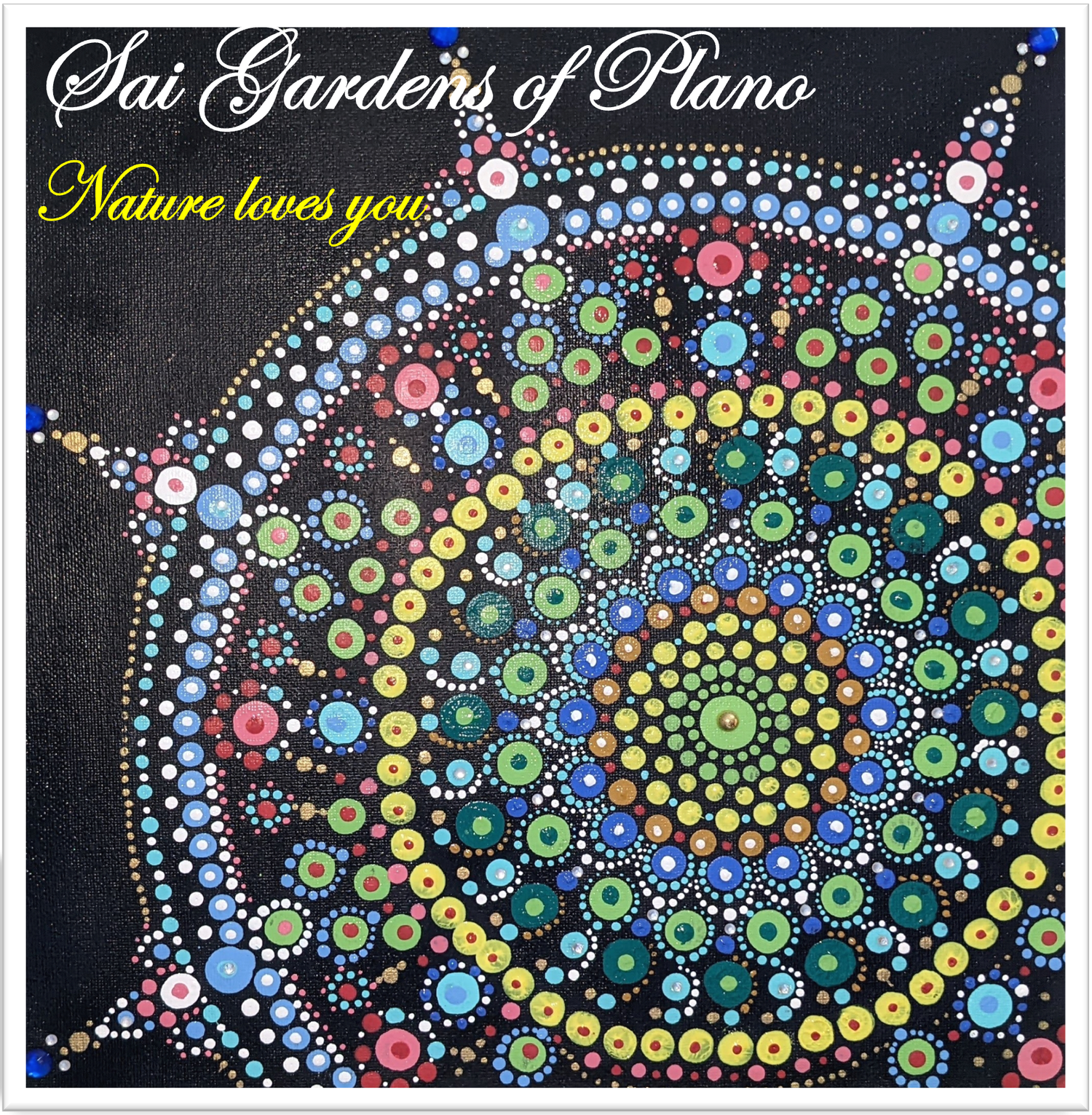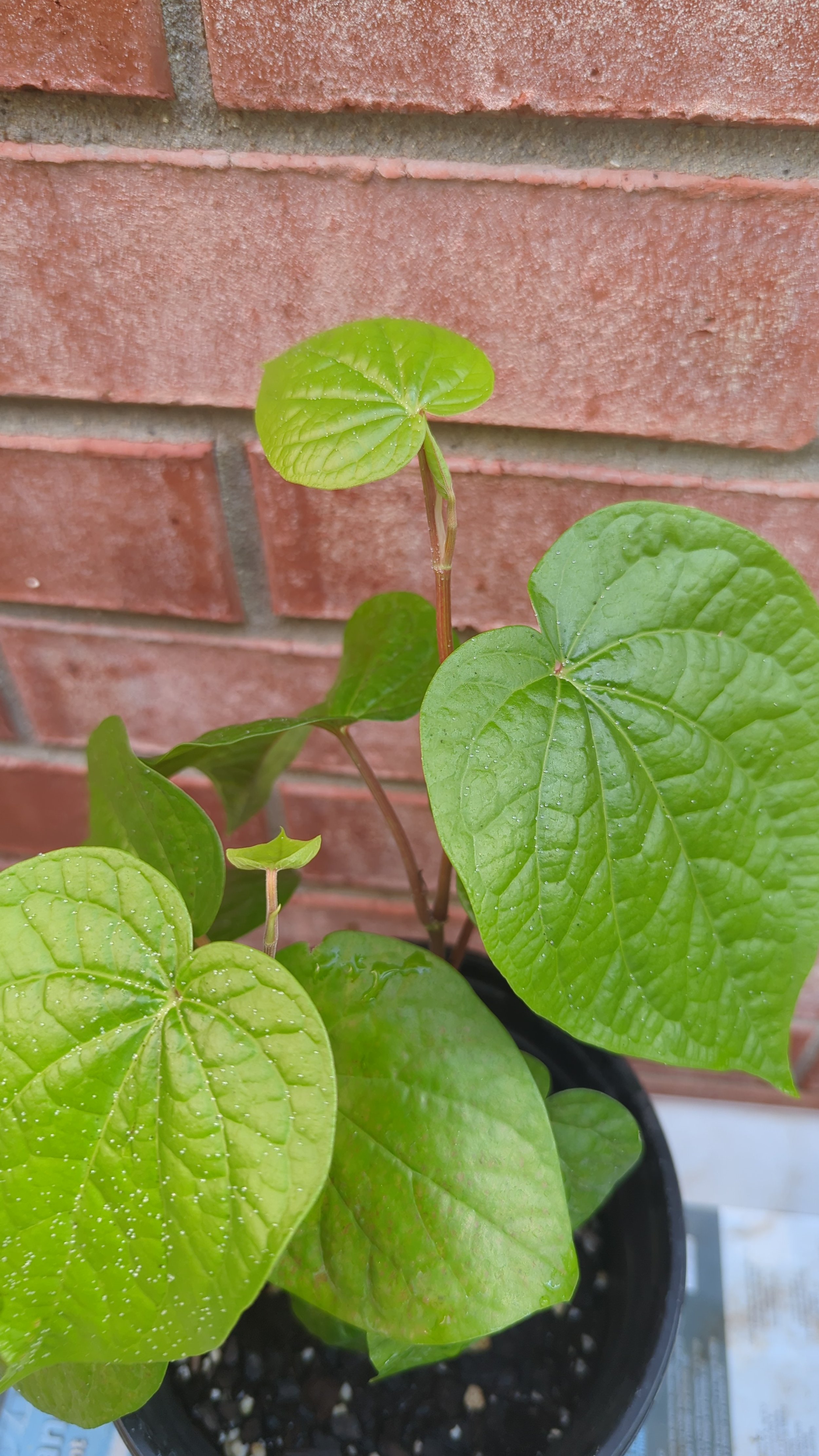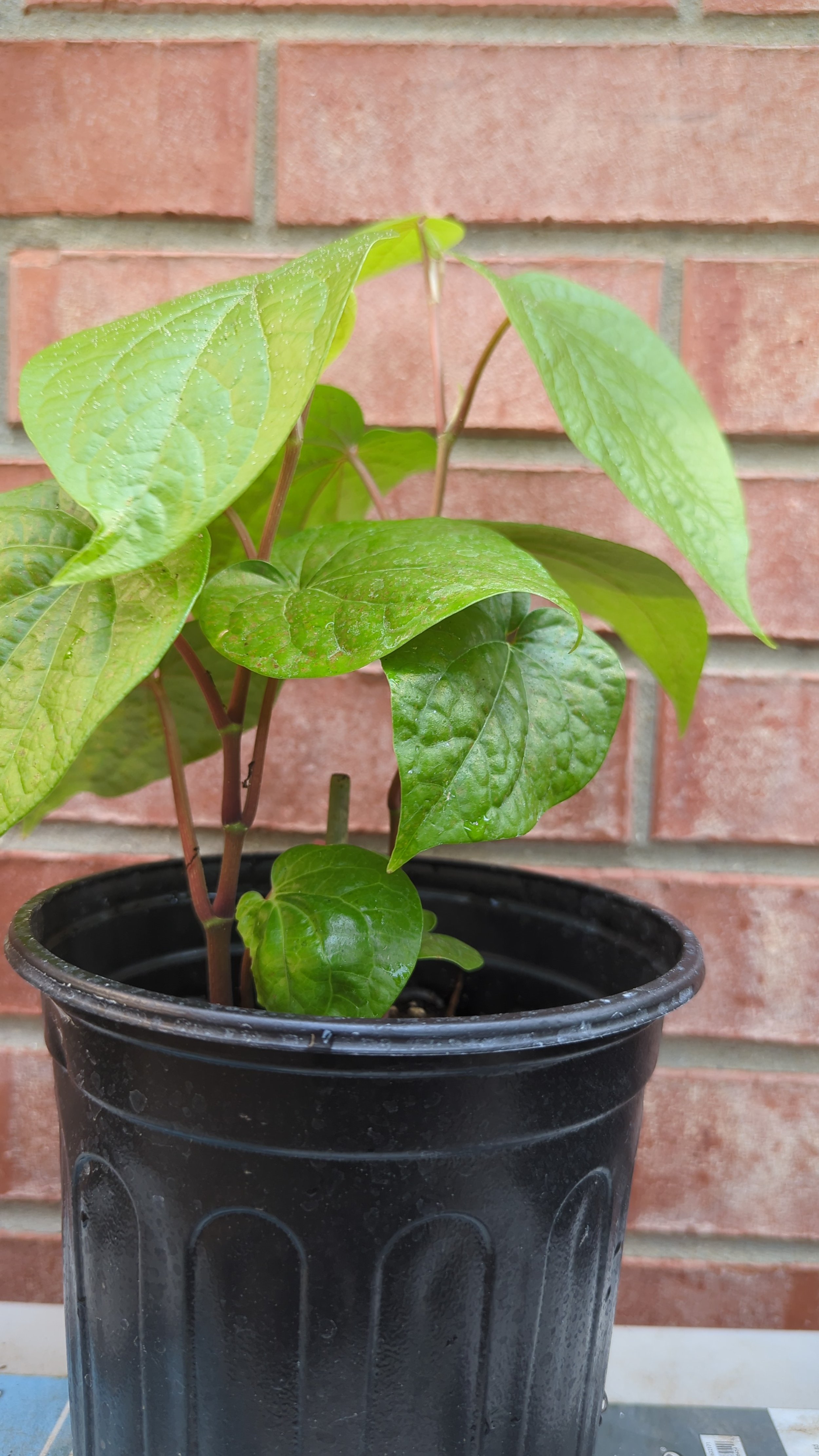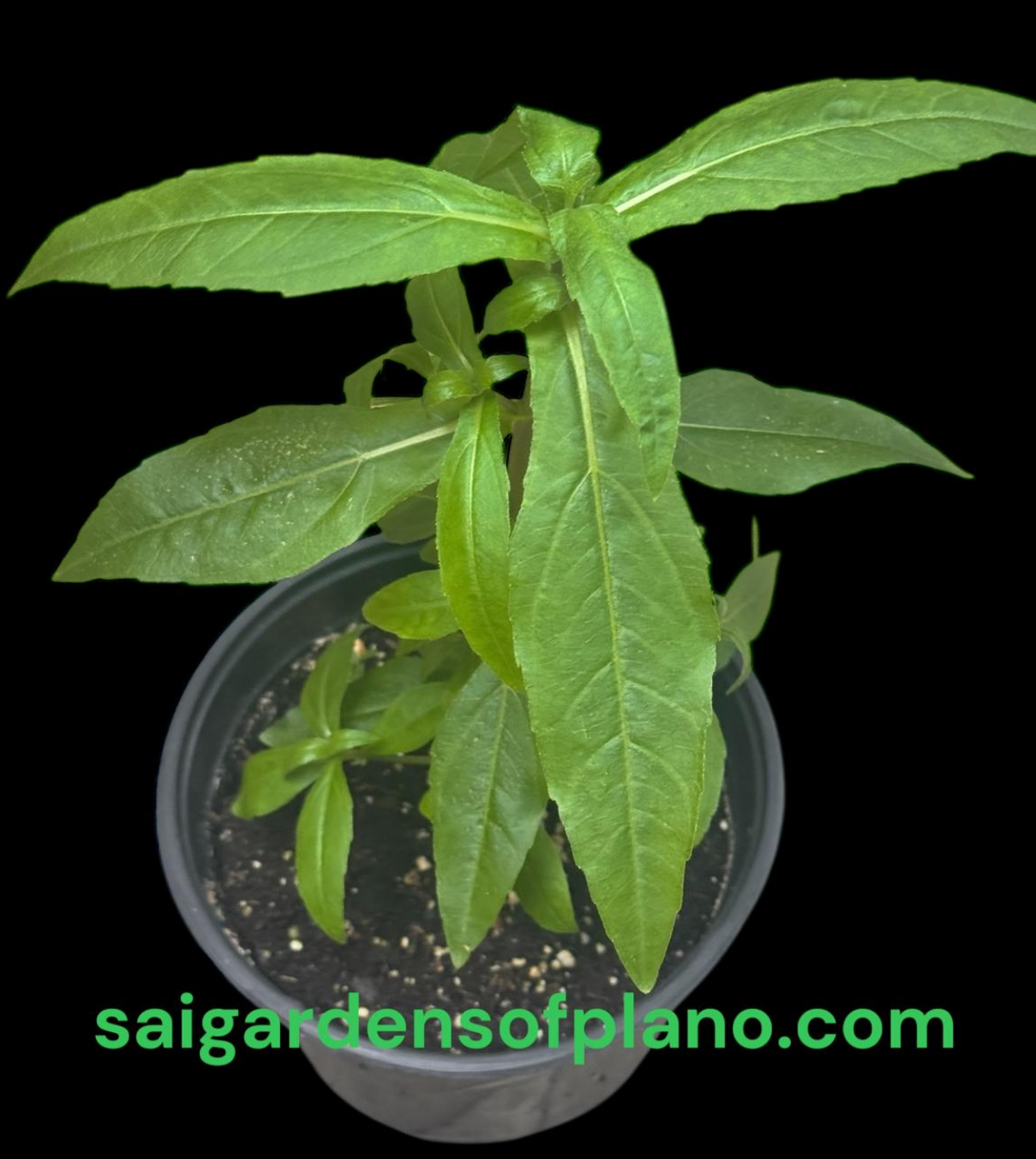 Image 1 of 2
Image 1 of 2

 Image 2 of 2
Image 2 of 2



Stevia Plant
This plant is in 4-inch pot. Enjoy sweetness the natural way! The stevia plant, scientifically known as Stevia rebaudiana, is a fascinating herb renowned for its intensely sweet leaves.
Origin and Characteristics: It's native to subtropical and tropical regions of South America, particularly Brazil and Paraguay. It's a small, perennial shrub, though it's often grown as an annual in cooler climates. The leaves contain compounds called steviol glycosides, which are responsible for their sweetness.
Sweetness and Uses: Stevia leaves are significantly sweeter than sugar, often estimated to be 30 to 300 times sweeter, depending on the specific compounds and preparation. It's used as a natural, calorie-free sweetener in various food and beverage products. People use it as a sugar substitute, especially those looking to manage their sugar intake.
Preferences: It prefers well-drained soil and plenty of sunlight. The leaves can be harvested and used fresh, dried, or processed into extracts. It is becoming very popular as a natural alternative to artificial sweeteners. It is used in many products and can be grown at home.
Plant Hardiness: Warm Climates (Zones 9 and Higher): In these zones, stevia can often be grown as a perennial. The roots may survive the winter, allowing the plant to regrow in spring.
Intermediate Climates (Zone 8): Stevia may survive winter in zone 8, but it typically requires protection from frost.
Colder Climates (Zones Below 8): In colder zones, stevia is generally treated as an annual. This means it will likely die back with frost. Alternatively, you can grow stevia in containers and bring them indoors during the winter.
This plant is in 4-inch pot. Enjoy sweetness the natural way! The stevia plant, scientifically known as Stevia rebaudiana, is a fascinating herb renowned for its intensely sweet leaves.
Origin and Characteristics: It's native to subtropical and tropical regions of South America, particularly Brazil and Paraguay. It's a small, perennial shrub, though it's often grown as an annual in cooler climates. The leaves contain compounds called steviol glycosides, which are responsible for their sweetness.
Sweetness and Uses: Stevia leaves are significantly sweeter than sugar, often estimated to be 30 to 300 times sweeter, depending on the specific compounds and preparation. It's used as a natural, calorie-free sweetener in various food and beverage products. People use it as a sugar substitute, especially those looking to manage their sugar intake.
Preferences: It prefers well-drained soil and plenty of sunlight. The leaves can be harvested and used fresh, dried, or processed into extracts. It is becoming very popular as a natural alternative to artificial sweeteners. It is used in many products and can be grown at home.
Plant Hardiness: Warm Climates (Zones 9 and Higher): In these zones, stevia can often be grown as a perennial. The roots may survive the winter, allowing the plant to regrow in spring.
Intermediate Climates (Zone 8): Stevia may survive winter in zone 8, but it typically requires protection from frost.
Colder Climates (Zones Below 8): In colder zones, stevia is generally treated as an annual. This means it will likely die back with frost. Alternatively, you can grow stevia in containers and bring them indoors during the winter.















